A GUIDE TO WRITING A DBQ
The purpose of the DBQ (Document Based Question) is not to test your knowledge of the subject, but rather to evaluate your ability to practice the historian’s craft. You will be required to work with the documents and use them to answer a question.
Writing the DBQ is an acquired skill, one that takes practice. You should not get discouraged if you do not get it right away. The goal is to acquire the skill by May.
Remember that there is actually no right or wrong answer. Your answer is YOUR interpretation of the content of the documents. As long as your answer is logical and your interpretation is supported by the content of the document you are correct.
The following is your guide to writing a successful DBQ.
1. Read carefully the question prompt and the historical background. Underline the tasks demanded and the terms which are unique to the question.
2. Read the documents carefully.
a. Make sure that you understand the content of the document.
b. What is the author’s Point of View (POV).
c. Where is the tension?
1. Are there people from the same place with differing POV?
2. Is a Frenchman critiquing the French or is it an Englishman?
Which is biased, which has great knowledge?
d. What is the origin of the document?
e. Is the document valid or is it hearsay?
f. If time, gender or age were changed would the person be saying the same thing?
3. You should strive to use most of the document (omitting no more than 1 or two).
4. Do not simply site the documents in laundry list fashion. You should strive to IMPOSE order on the documents. Find groupings for the documents. Can they be organized into a format? What is the OVERALL picture presented by the documents.
Can you use the documents implicitly?
5. Your essay should be an ANALYSIS of the documents and their content.You are demonstrating analysis if you are doing the following:
a. The essay contains a thesis which divides your answer into categories.
b. The documents are used as evidence to support your thesis.
c. Frequent reference is made to the terms of the question.
Be certain that your answer is always focused directly on the question. Do not drift afield.
6. Be certain that, if the question allows, you exploit all of the following in writing your answer.
a. Point of View (POV) is both indicated and discussed from several angles.
b. The Validity (VAL) of documents is noted.
c. Change Over Time (COT) is recognized and discussed (if this occurs in the documents)
d. Did the pendulum of history swing in the chronological course of the documents? Did it swing back again?
1. The essay has an adequate introduction in which the time frame is noted.
2. The thesis provides an answer to the question and divides the answer into
3. Proper essay style is used (think 5 paragraph format where applicable).
4. Grammar and spelling are adequate (do not misspell words that are supplied in
5. You have not referred to yourself in the essay and you have not told the readers what they are going to learn.
6. A great majority of the documents have been used in a manner which makes their use readily apparent to the reader.
7. Quotations are limited to a phrase which is placed within the context of your answer.
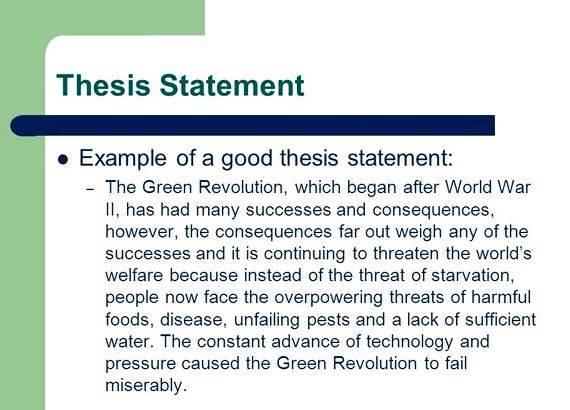
8. ALL PARTS OF THE QUESTION have been answered.
9. A conclusion exists which summarizes the evidence, restates the thesis and indicates a direction for further study or occurrences.
10. Base all of your comments on the documents, NOT on outside information. Outside information may be used to enhance understanding but it must not be the basis of your argument.
A GUIDE TO WRITING A DBQ
The purpose of the DBQ (Document Based Question) is not to test your knowledge of the subject, but rather to evaluate your ability to practice the historian’s craft. You will be required to work with the documents and use them to answer a question.
Writing the DBQ is an acquired skill, one that takes practice. You should not get discouraged if you do not get it right away. The goal is to acquire the skill by May.
Remember that there is actually no right or wrong answer. Your answer is YOUR interpretation of the content of the documents. As long as your answer is logical and your interpretation is supported by the content of the document you are correct.
The following is your guide to writing a successful DBQ.
1. Read carefully the question prompt and the historical background. Underline the tasks demanded and the terms which are unique to the question.
2. Read the documents carefully.
a. Make sure that you understand the content of the document.
b. What is the author’s Point of View (POV).
c. Where is the tension?
1. Are there people from the same place with differing POV?
2. Is a Frenchman critiquing the French or is it an Englishman?
Which is biased, which has great knowledge?
d. What is the origin of the document?
e. Is the document valid or is it hearsay?
f. If time, gender or age were changed would the person be saying the same thing?
3. You should strive to use most of the document (omitting no more than 1 or two).
4. Do not simply site the documents in laundry list fashion. You should strive to IMPOSE order on the documents. Find groupings for the documents. Can they be organized into a format? What is the OVERALL picture presented by the documents. Can you use the documents implicitly?
5. Your essay should be an ANALYSIS of the documents and their content.You are demonstrating analysis if you are doing the following:
a. The essay contains a thesis which divides your answer into categories.
b. The documents are used as evidence to support your thesis.
c. Frequent reference is made to the terms of the question.
Be certain that your answer is always focused directly on the question. Do not drift afield.
6. Be certain that, if the question allows, you exploit all of the following in writing your answer.
a. Point of View (POV) is both indicated and discussed from several angles.
b. The Validity (VAL) of documents is noted.
c. Change Over Time (COT) is recognized and discussed (if this occurs in the documents)
d. Did the pendulum of history swing in the chronological course of the documents? Did it swing back again?
1. The essay has an adequate introduction in which the time frame is noted.
2. The thesis provides an answer to the question and divides the answer into
3. Proper essay style is used (think 5 paragraph format where applicable).
4. Grammar and spelling are adequate (do not misspell words that are supplied in
5. You have not referred to yourself in the essay and you have not told the readers what they are going to learn.
6. A great majority of the documents have been used in a manner which makes their use readily apparent to the reader.
7. Quotations are limited to a phrase which is placed within the context of your answer.
8. ALL PARTS OF THE QUESTION have been answered.
9. A conclusion exists which summarizes the evidence, restates the thesis and indicates a direction for further study or occurrences.
10. Base all of your comments on the documents, NOT on outside information. Outside information may be used to enhance understanding but it must not be the basis of your argument.




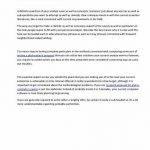 Thesis proposal computer science sample
Thesis proposal computer science sample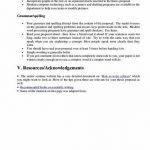 Masters thesis proposal length conversions
Masters thesis proposal length conversions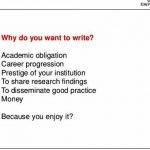 Rules in writing a thesis
Rules in writing a thesis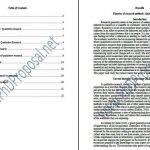 Writing a phd thesis pdf
Writing a phd thesis pdf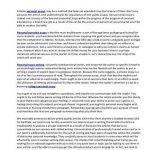 Multiple modernities thesis definition in writing
Multiple modernities thesis definition in writing






